Danish company Raidho is known for producing uncompromising high-end products, and when they use exotic materials in their speakers, it’s because of their special acoustic properties – not just because they are exotic.
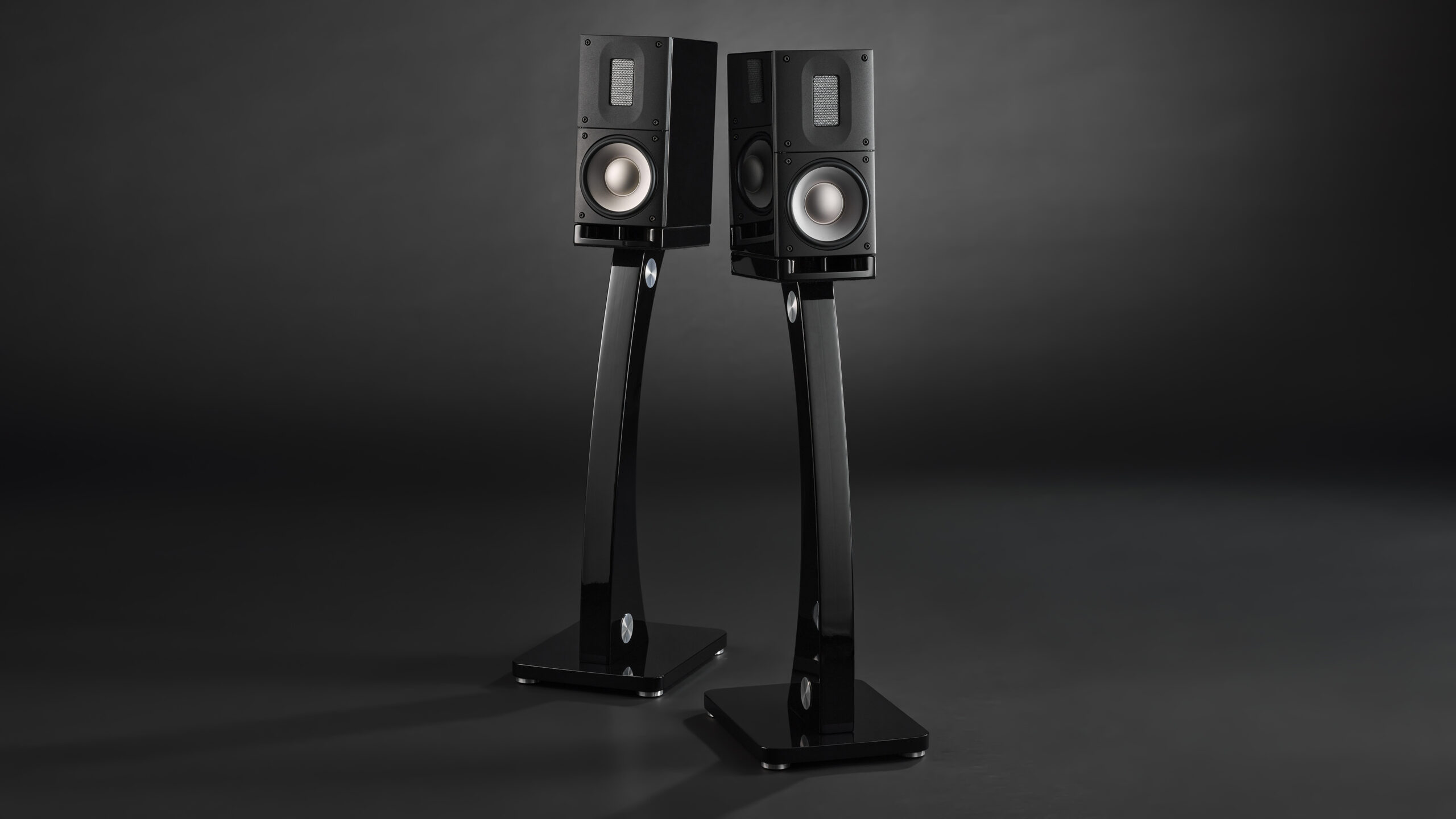
One example is the voice coils in the drivers. These are often made of copper, which is an efficient conductor of electricity. Unfortunately, copper is also quite magnetic when wound as a coil. As the coil moves back and forth in a speaker’s magnetic field, it slows down, greatly affecting transient response and therefore speed. It is also a source of distortion of the sound.
This is why aluminium voice coils are often used in more expensive speakers. Compared to copper, aluminium is less susceptible to magnetism, but it is not immune either. Although it performs better than copper.
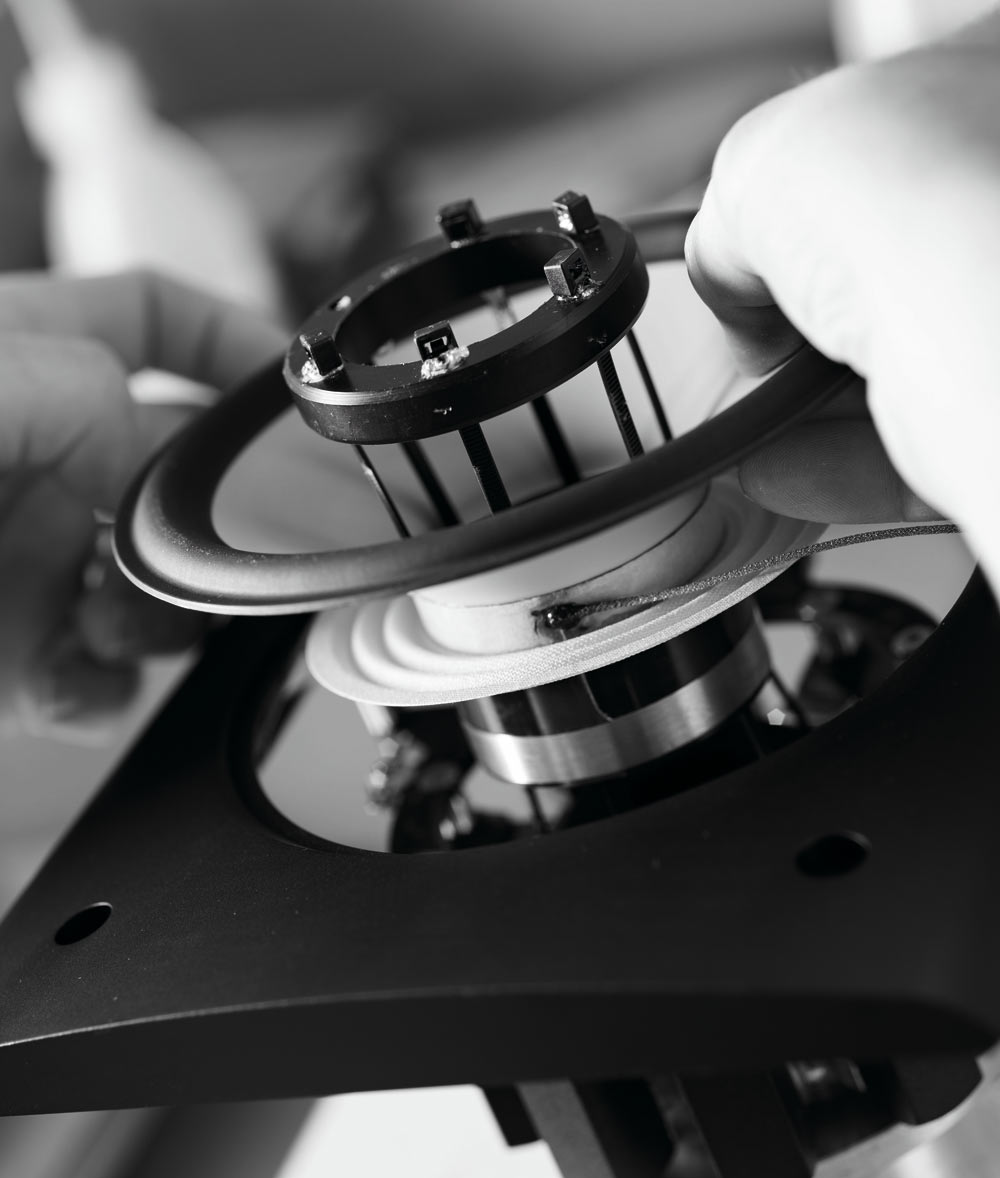
Titanium voice coils
Raidho uses titanium coils instead. Titanium is a much poorer electrical conductor than copper and aluminium, which has to be compensated for by a larger cross-section of the coil wire. The advantage of titanium is that it is not affected by magnetism. The coil can move freely through the magnetic field, resulting in much better dynamics and speed.
Titanium coils are much more complicated to manufacture and are therefore expensive. Raidho is one of the very few loudspeaker manufacturers to use them in its loudspeaker units. As we all know, it costs to be uncompromising.
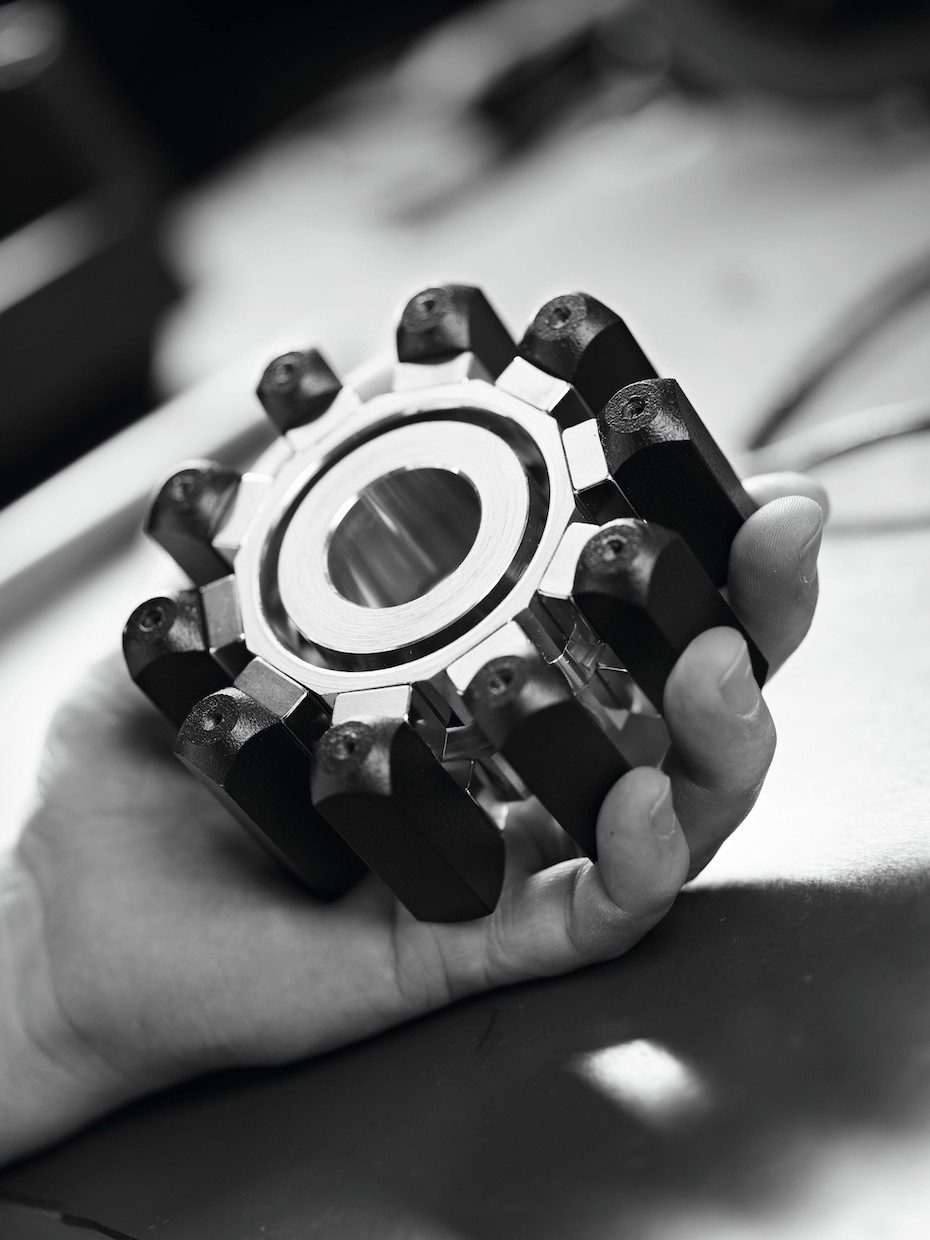
Ventilated voice coils
In addition, the unit is designed with as much ventilation as possible so that nothing slows down the movement. Maximising dynamics and minimising distortion is the goal, which is why highly efficient neodymium magnets are also used in all Raidho speakers.
Expensive diaphragms
Raidho doesn’t take the diaphragm construction lightly either. This is the part of the unit that sets the air in motion, and it’s important that the diaphragm is as stiff and light as possible. This is to keep up with the rapid oscillations of the music, without breaking up in distortion as they rumble back and forth.
According to Raidho, manufacturers often opt for compressed aluminium or magnesium to achieve the best possible piston movement in midrange and bass units. The break-up frequency for these, where the diaphragm no longer produces music but only distortion, is typically around 6.5 kHz. Typically, the crossover frequency is set around 3 kHz so that the diaphragm never has to approach this limit. Unfortunately, it’s not that simple, because the diaphragm often starts having problems long before that.
Raidho therefore wants to push the break-up as far up in frequency as possible. They therefore use a sandwich membrane with an ultra-thin layer of aluminium between two layers of alumina. These are formed on the aluminium layer in a special plasma process. According to Raidho, the cone, together with the surrounding ring, should have its break-up point at 12.5 kHz. But it’s not a nasty breakup like others, instead there’s just a bit of self resonance. When you set the crossover frequency to around 3 kHz, this natural resonance never becomes part of the actual sound reproduction.
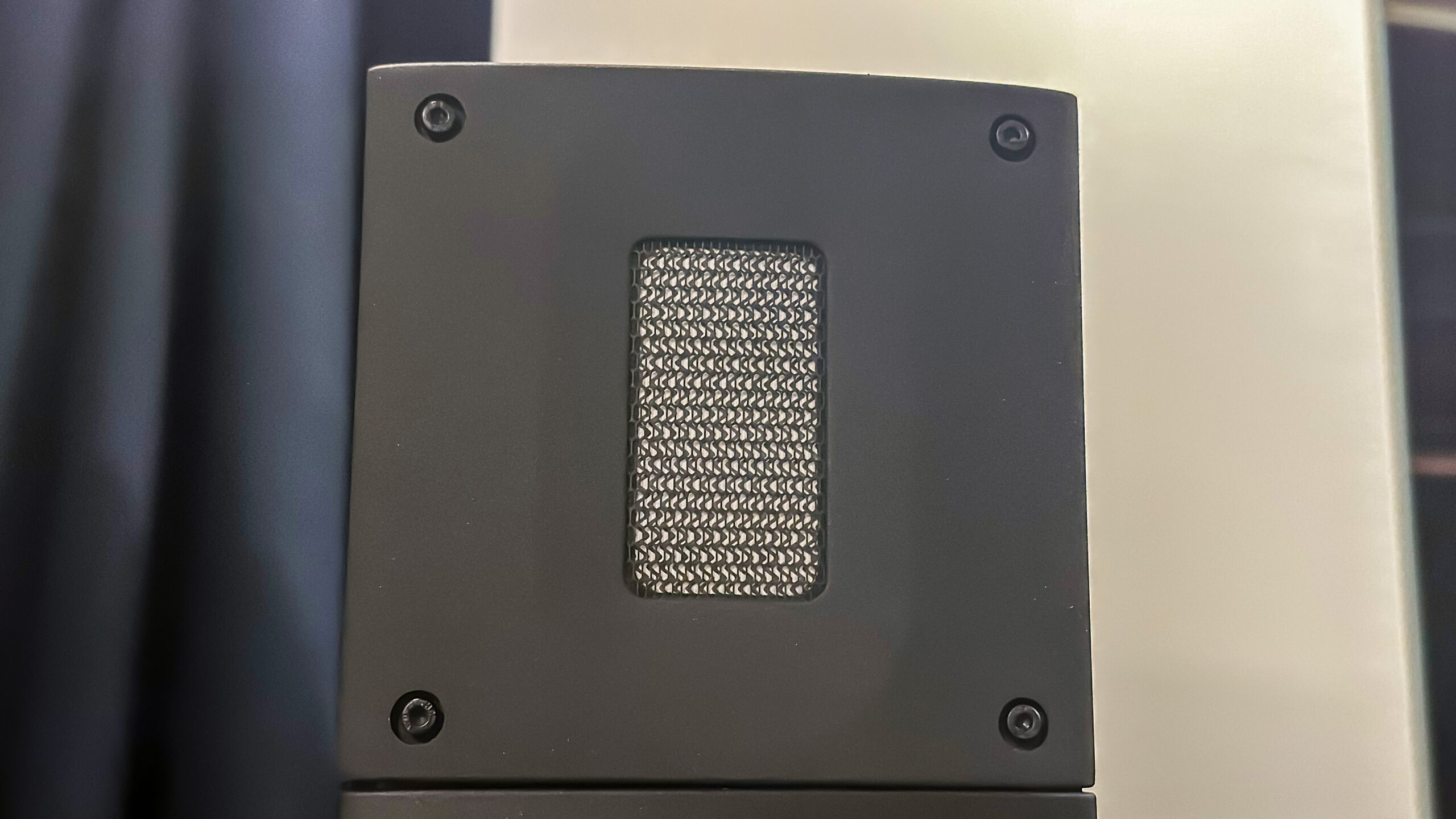
Compact Raidho X1t – with tantalum
In the more expensive speaker series, Raidho doesn’t stop there. In the flagships, they go all the way with a diamond coating on the outside of the diaphragm.
In the sub-diamond series, titanium is used instead. That is, until now. Because when the super-compact X1t replaces the excellent XT1, the titanium coating on the 5.25-inch bass diaphragm will be replaced by tantalum.
Tantalum is highly resistant to heat and abrasion and has a melting point of almost 3000°C. The fourth highest of any metal. A diaphragm coated with tantalum is much stiffer and harder without adding significant weight. According to Raidho, the break-up point of such a diaphragm is as high as 15 kHz.
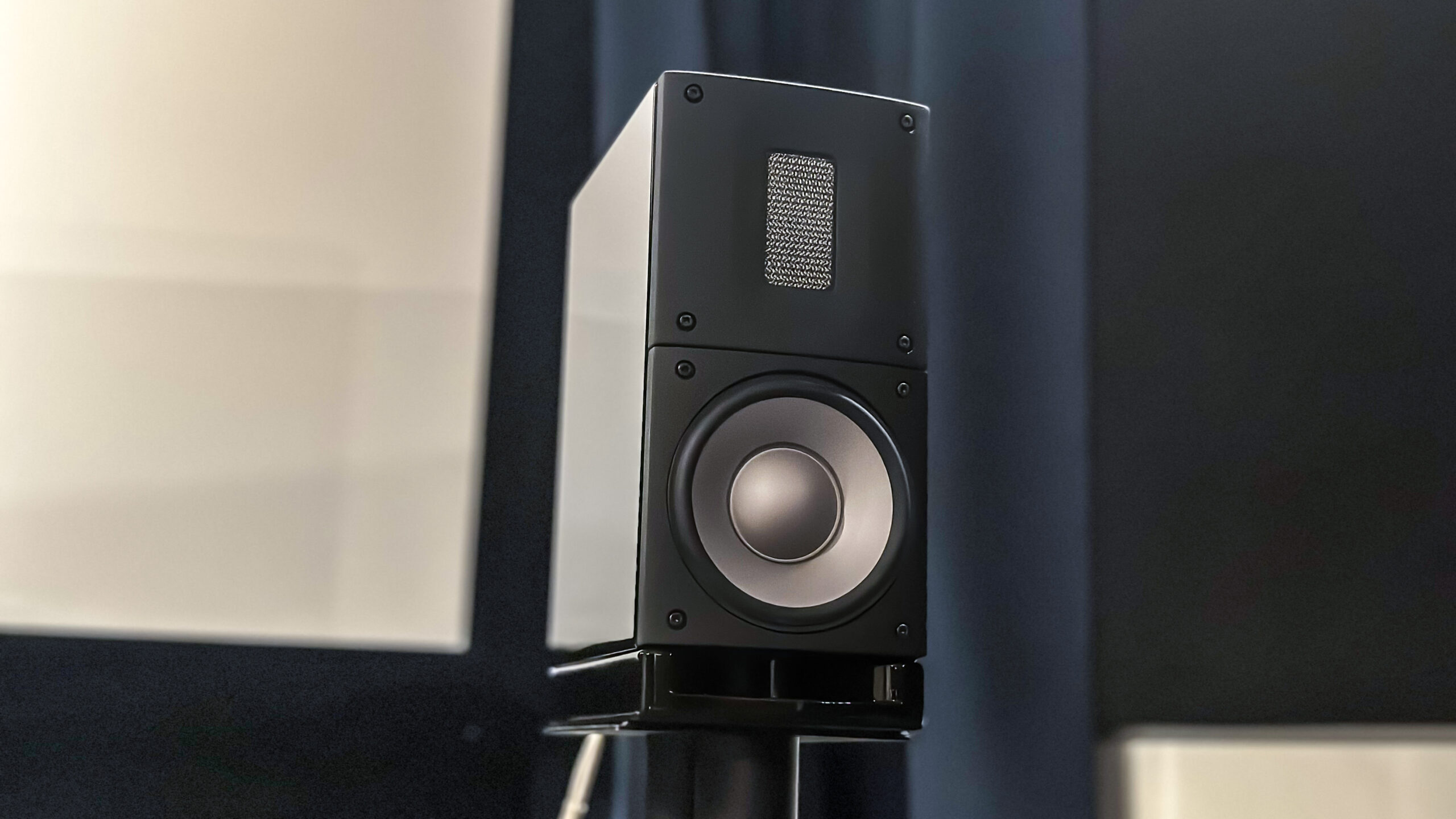
The ribbon tweeter
At the top of the X1t is the ribbon tweeter, which can be called Raidho’s signature component. This is a common feature in all their speakers. It is a planar magnetic tweeter, which means that the diaphragm itself is a paper-thin foil suspended between two opposing magnetic fields. The foil is 11 micrometres thick and the whole shebang weighs just 20 milligrams. That’s fifty times less mass than a normal dome disc, which, according to Raidho, means virtually zero resonances or distortion. The breakup frequency here is a sky-high 82 kHz, which should ensure the cleanest possible treble, with buckets of air.
A little about placement
Everything sounds fine and dandy on paper, but it doesn’t mean much if the final sound doesn’t hold up.
Like many other Raidho speakers, the X1t can be a little fussy when it comes to placement. For one thing, they don’t go very deep, around 70Hz, which means that in the bass they need help from the room. But too close to the wall in our 30 square metre test room, it almost sounded like there was something wrong with the phase. Further out on the floor, the stereo illusion was just right, but then the bass got too thin. Eventually I found a good middle ground, about 1 metre from the wall and 70-80 cm from the side walls. But this will vary from room to room, so be patient.
But let’s be clear: these speakers prefer a smaller space. My dedicated 10 square metre home office turned out to be made for these speakers, where they could be placed on stands close to the wall. And I have to say, they did a fantastic job as PC speakers, with an integrated Hegel H590 in front! Smaller amplifiers also work well, in the same small room I also got good sound from the not very powerful Lyngdorf TDAI-1120, which also has the advantage of room correction. But dynamics are best with a powerful amplifier – which also needs to be fast. Our trusty McIntosh MA7000, for example, was too slow and boring a match.
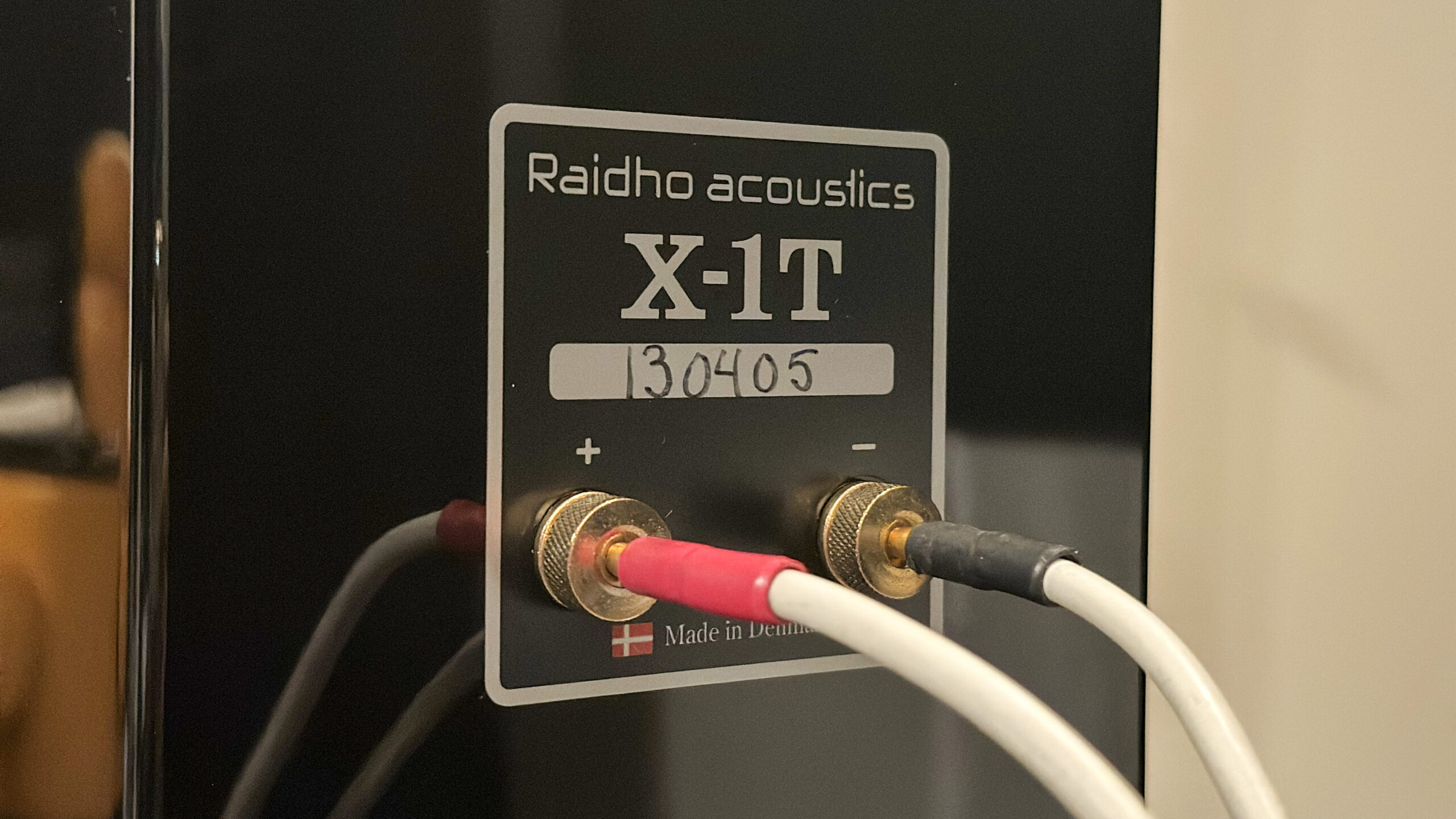
The sound of Raidho X1t
With the best possible placement, listening to music through the Raidho’s is pure pleasure. Till Brönner’s trumpet on A Thousand Kisses Deep is suspended like a hologram in the air outside the speakers. There’s plenty of air, the notes are so undistorted that I forget I’m listening to speakers, and the microdynamics are extremely precise. It’s really unusual to hear the music reproduced so effortlessly.
Dieter Ilg’s double bass on the same song is also super detailed and crisp. There are definitely speakers at this price that go deeper in the bass, even among those on stands. I can think of both the Vivid Audio Kaya S12 and the Audiovector R1 Arreté. You also get excellent floorstanders like the Audiovector QR7 and Bowers & Wilkins 702 S2 Signature, which give you the full frequency range for the same price.
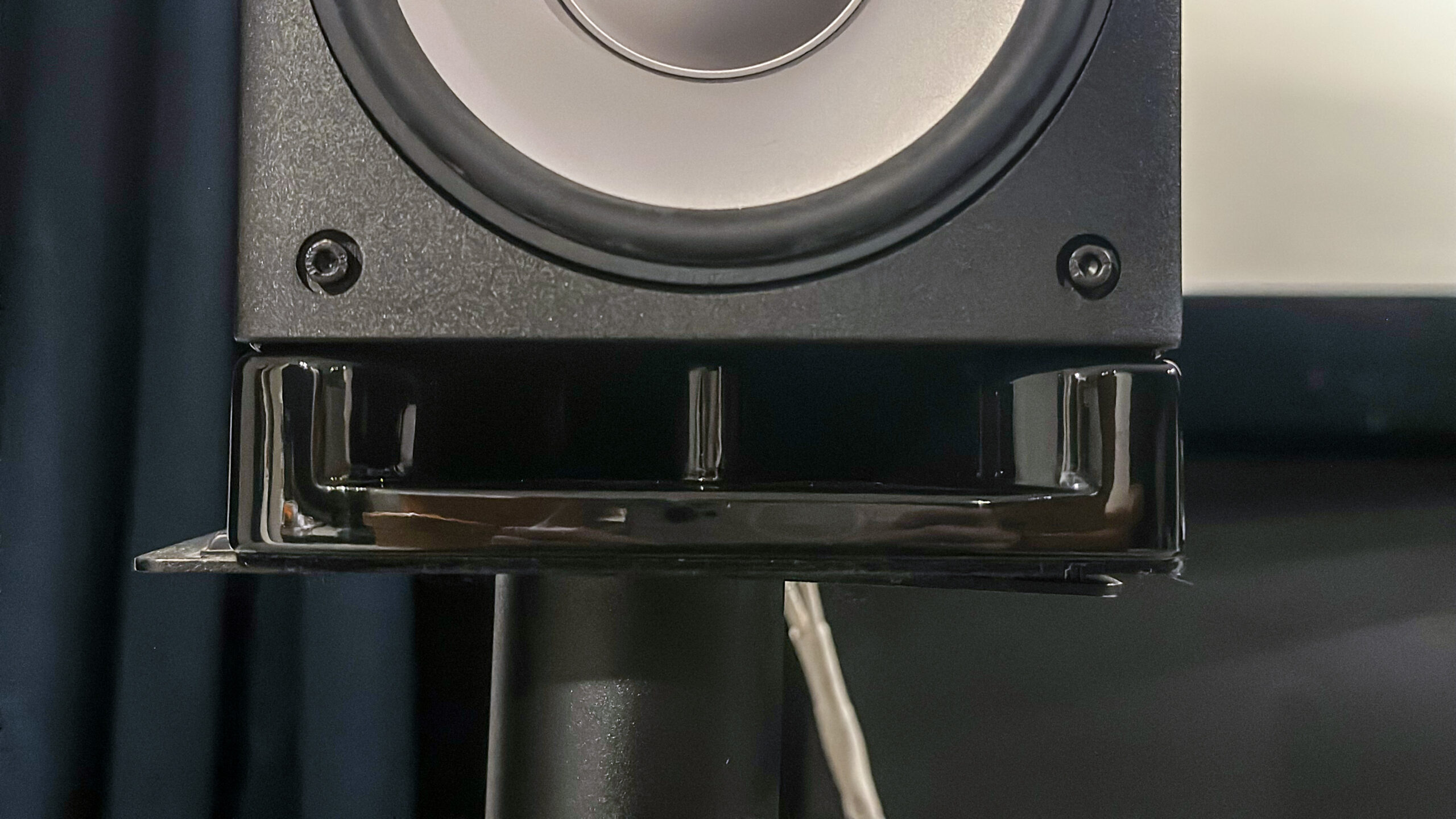
But there’s something special about the musical presentation of the Raidho X1t. The purity and lightness are palpable. And even though they don’t go deep in the bass, there’s no lack of fullness here. Lars Winnerbäck’s vocals on the acoustic guitar ballad Brusna hjärtans höst fill the room and take root in the soul. While the many micro-shifts of the guitar strings radiate out of the speakers.
Despite the fact that they rolled off early in the bass, the Raidho speakers do not sound bright. On the contrary, there’s warmth in spades, and the cello on Minor Majority’s Dancing in the Backyard sounds as real as anything. And it goes without saying that classical music, such as Anne-Sophie Mutter’s interpretation of Clara Schumann’s Piano Trio in G minor, Opus 17, works brilliantly. The individual placement of the instruments is almost magically precise, and I could sit and listen to that all day.
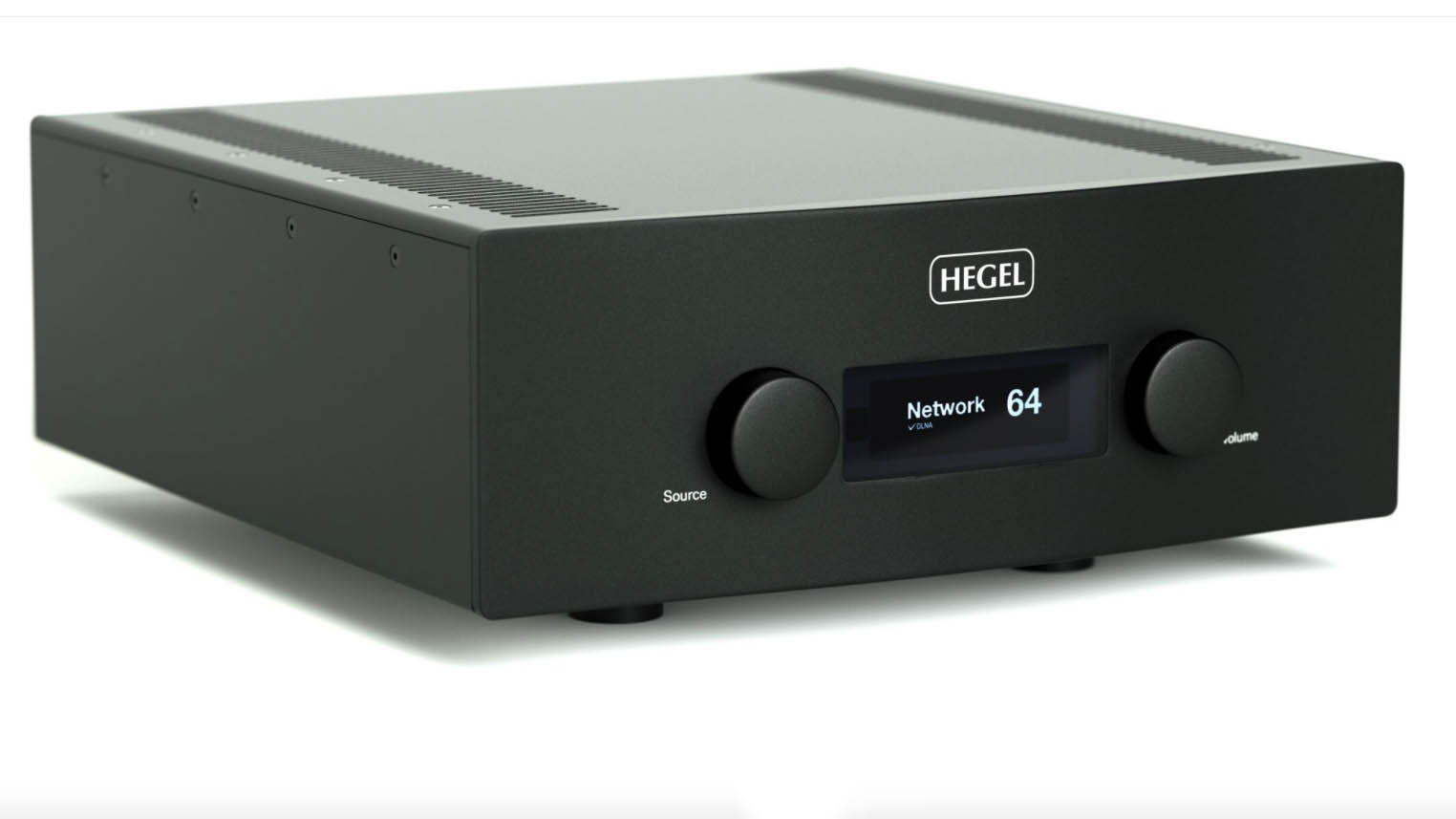
How about rock and thumping music?
These speakers play everything they’re handed with a resolution and purity that you can’t help but admire. This also applies to rock, metal and thumping pop music. But here I also feel a need for proper dynamics on a macro level, and this is where Raidho has made the compromise with these speakers.
Because even with a powerful amplifier, they hold back when you play louder. That is, they don’t really slow down, because it’s clear that the units are lightning fast! But at the extremes of their range, they obviously don’t go any further, and that’s where I wish there was even more to come. When I turn up the volume, I’m used to the bass drum and percussion on Ignition by Valorant bursting forth. Here it becomes too cautious for me. The same goes for Imagine Dragons’ Enemy from the soundtrack to the Netflix animated series Arcane: League of Legends. If this is your favourite music, I would recommend bigger and louder speakers. Preferably some larger floorstanding speakers, or larger stand speakers with one or two subwoofers.
Metal bands like Rammstein and Slayer work better because there isn’t as much deep bass – which is the main limitation of the speakers. In a small room, this music will work really well if you don’t expect to feel the music physically in your body. Then you need something bigger.
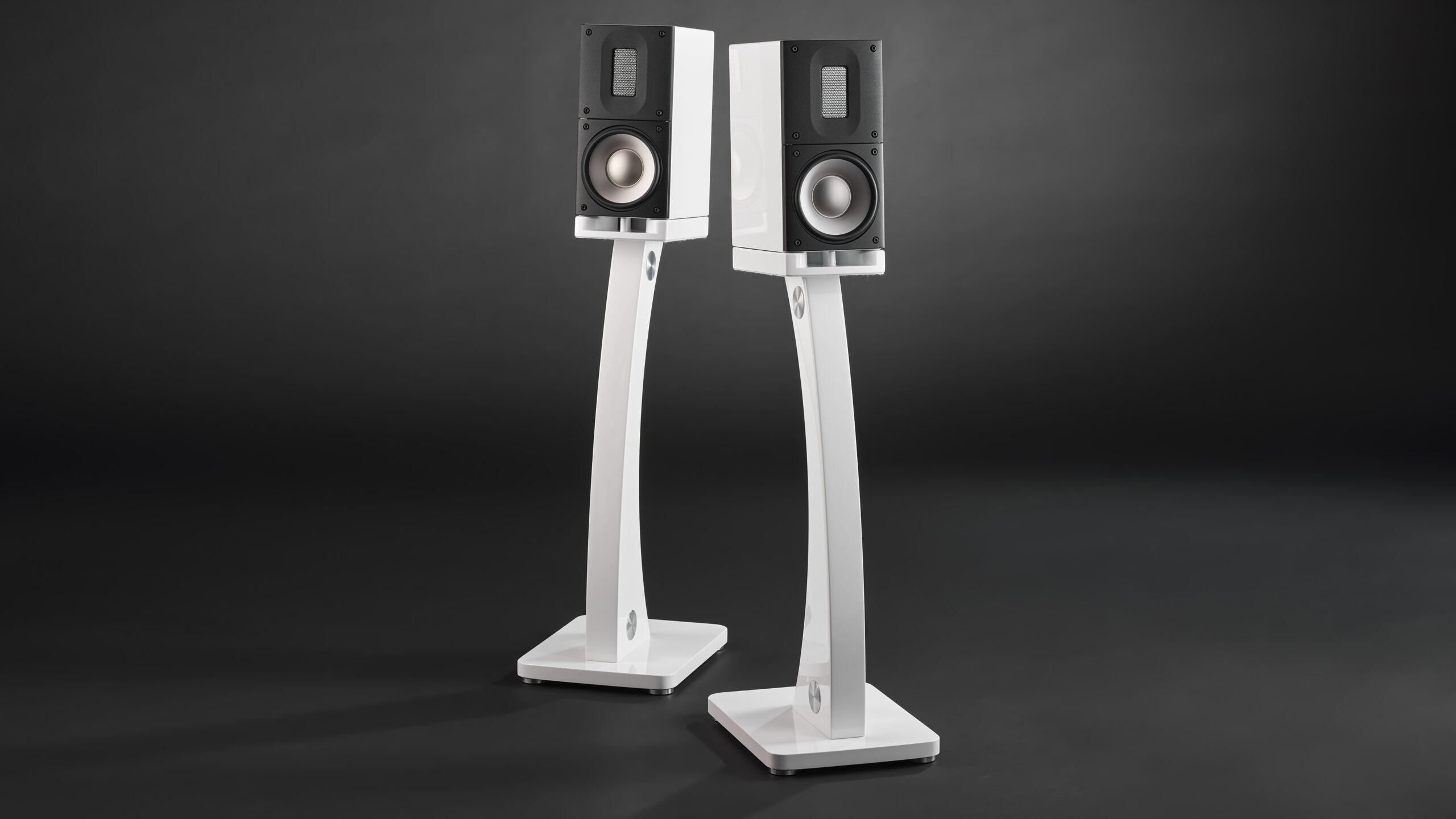
Conclusion
Are you looking for a pair of compact floorstanding speakers that deliver the music as cleanly and resolved as possible, drawing it all out with a breadth and depth that few others can emulate? Where the instruments are palpable and the vocalists stand out as if they’re the living people standing in the room singing to you?
Then the Raidho X1t fulfils all your dreams. They’ve really hit the mark here, because you’ll be looking for a speaker with better control over microdynamics, with a more airy treble and better tonal coherence. At their best, they are unrivalled.
The speakers’ only complaint is that they roll off a little early in the bass, and they don’t play as loud and powerful as larger speakers. Laws of physics, as you know. They also need you to work with the placement to find the point where the room best helps with the bass, but without spoiling the otherwise fantastic soundstage.

We think
Unrivalled soundstage. Width and depth are second to none, and the reproduction of instruments is frighteningly realistic! Slightly limited physics - if you like to play loud, there are other speakers that do it just a little better. Rolls off a little early in the deep bass.
5800 €
Specifications
- Type: 2-way bass reflex
- Woofer: 13 cm (5.25”) ceramic with tantalum coating
- Tweeter: Planar magnetic ribbon tweeter
- Sensitivity: 85 dB (2.83V/1 m)
- Impedance: > 6 ohms
- Frequency range: 70 Hz – 50 kHz. Tolerance not specified
- Crossover frequency: 3,5 kHz
- Max. load: Not stated
- Recommended amplifier power: More than 50 W
- Dimensions/weight (cm / kg): 32 (H) x 14.5 (W) x 23 (D) / 8 kg
- Colours: Black high gloss, white high gloss
- Web: raidho.dk

